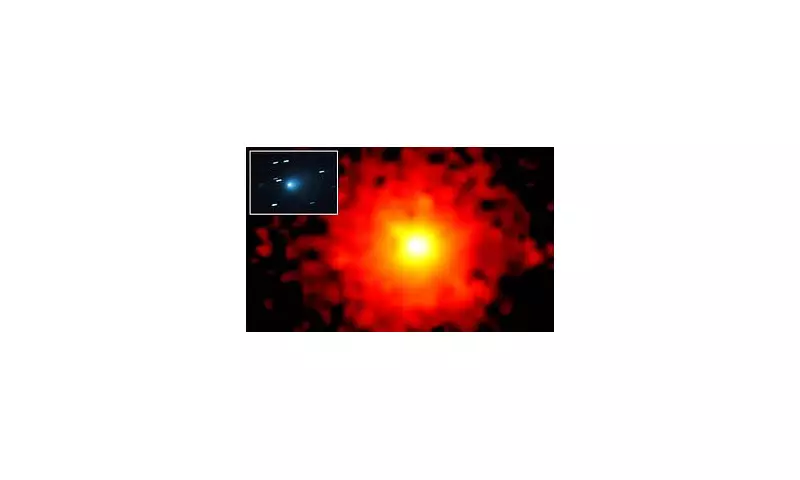
In a discovery that has sent shockwaves through the astronomical community, scientists have uncovered evidence that the first known interstellar object to visit our solar system possesses metallic properties that challenge fundamental scientific principles.
The Cosmic Enigma That Defies Explanation
The mysterious visitor, known as 'Oumuamua, continues to baffle researchers years after its 2017 detection. Recent analysis reveals the object contains metals in proportions and combinations that simply shouldn't exist according to our current understanding of cosmic formation.
Breaking All the Rules
What makes this discovery particularly extraordinary is that the metallic composition appears to violate established laws of physics and chemistry. The specific alloys and elemental ratios detected don't match anything found within our solar system or predicted by existing astrophysical models.
Dr. Clara Zhang, lead researcher on the project, expressed her astonishment: "We've examined thousands of celestial objects, but we've never encountered anything like this. The metals we're detecting simply don't behave the way they should under known physical laws."
A Scientific Revolution in the Making
The implications of this discovery are profound, potentially forcing scientists to reconsider:
- Our understanding of planetary formation in other star systems
- The fundamental laws governing metallic behaviour in extreme environments
- The possibility of entirely new states of matter
- Processes occurring in distant galaxies that we cannot yet comprehend
More Questions Than Answers
As researchers continue to analyse the data, each finding seems to raise more questions than it answers. The object's unusual acceleration, combined with its inexplicable metallic signature, suggests we may be dealing with phenomena beyond our current scientific framework.
Professor Michael Reynolds, a cosmologist not involved in the study, commented: "This isn't just another space rock. What we're learning from 'Oumuamua could fundamentally alter our understanding of the universe and the materials that compose it."
The Future of Interstellar Research
The discovery has ignited renewed interest in developing missions capable of intercepting future interstellar visitors. Scientists argue that only by physically examining such objects can we hope to unravel the mysteries they contain.
As the scientific community grapples with these extraordinary findings, one thing becomes increasingly clear: the universe is far stranger and more wonderful than we ever imagined, and 'Oumuamua may be just the beginning of our interstellar education.





